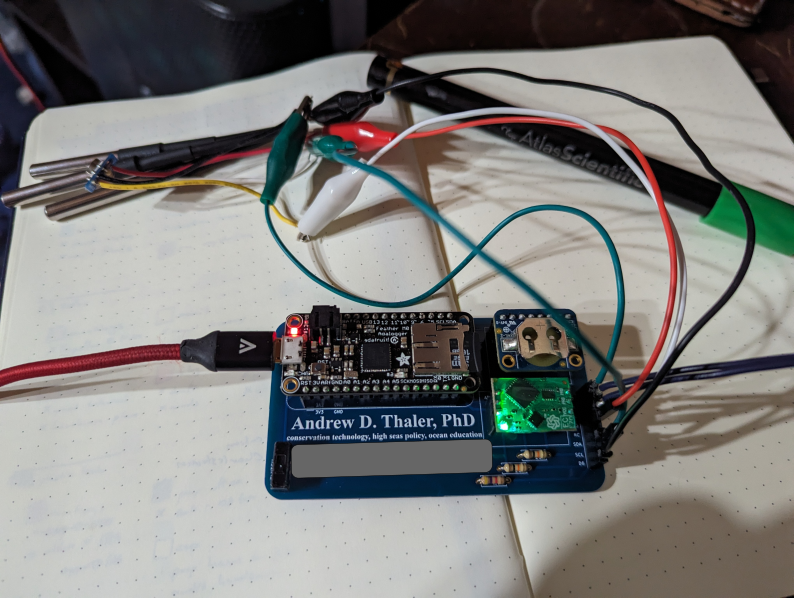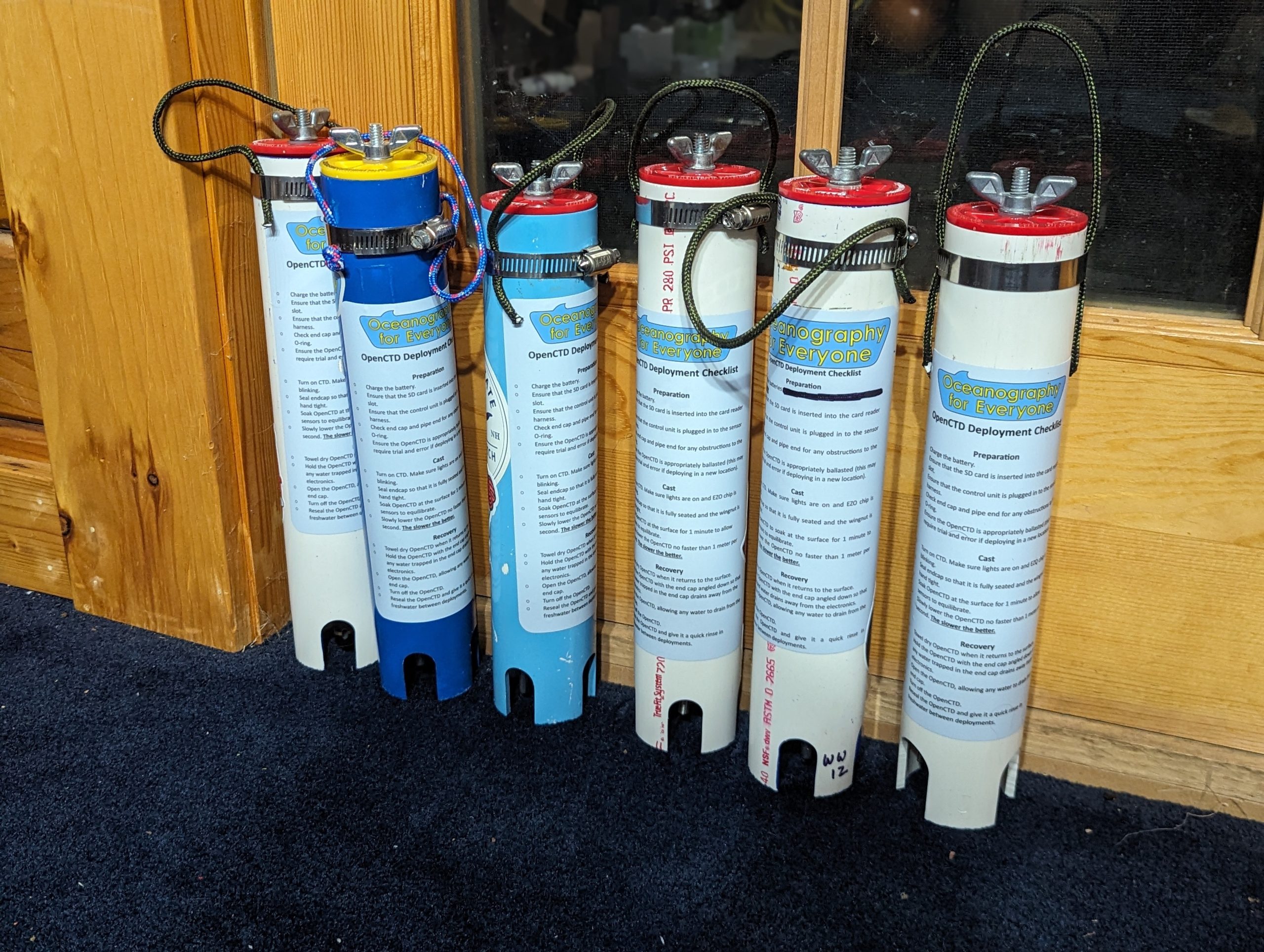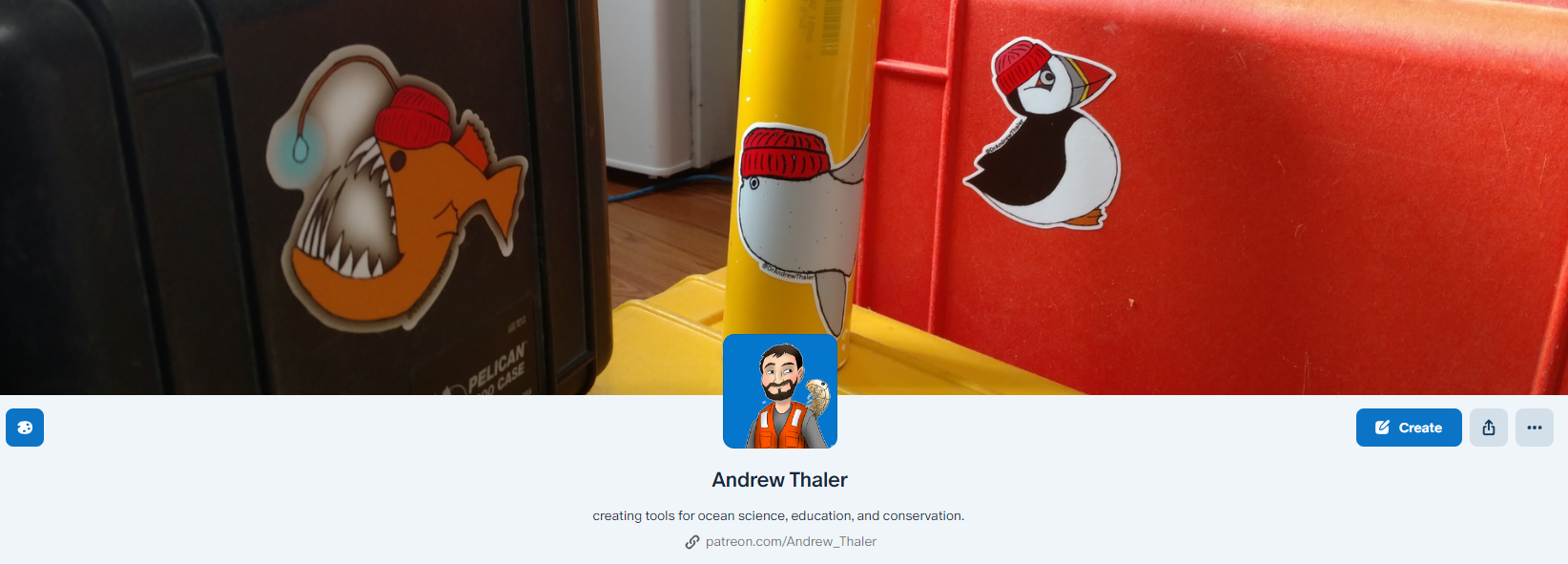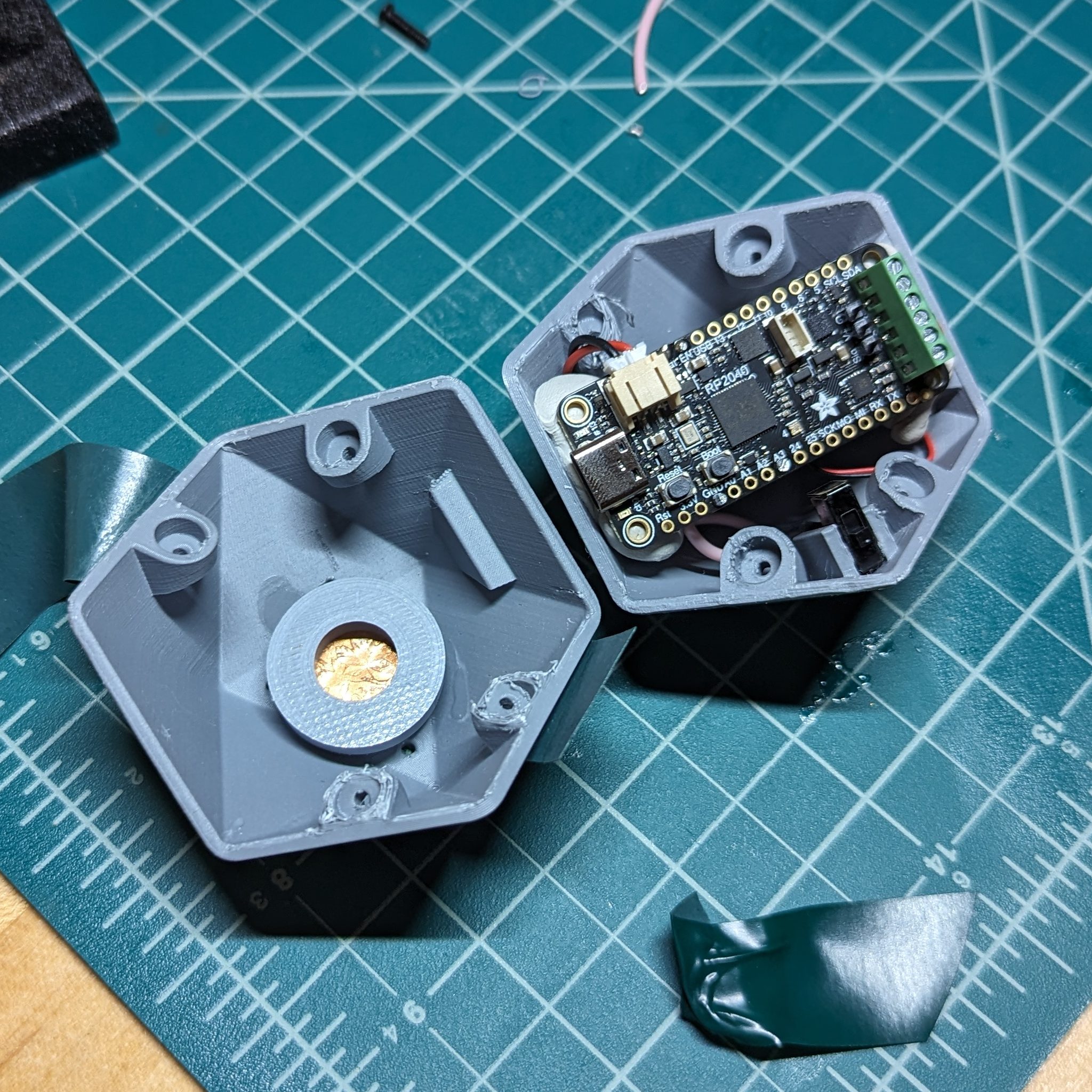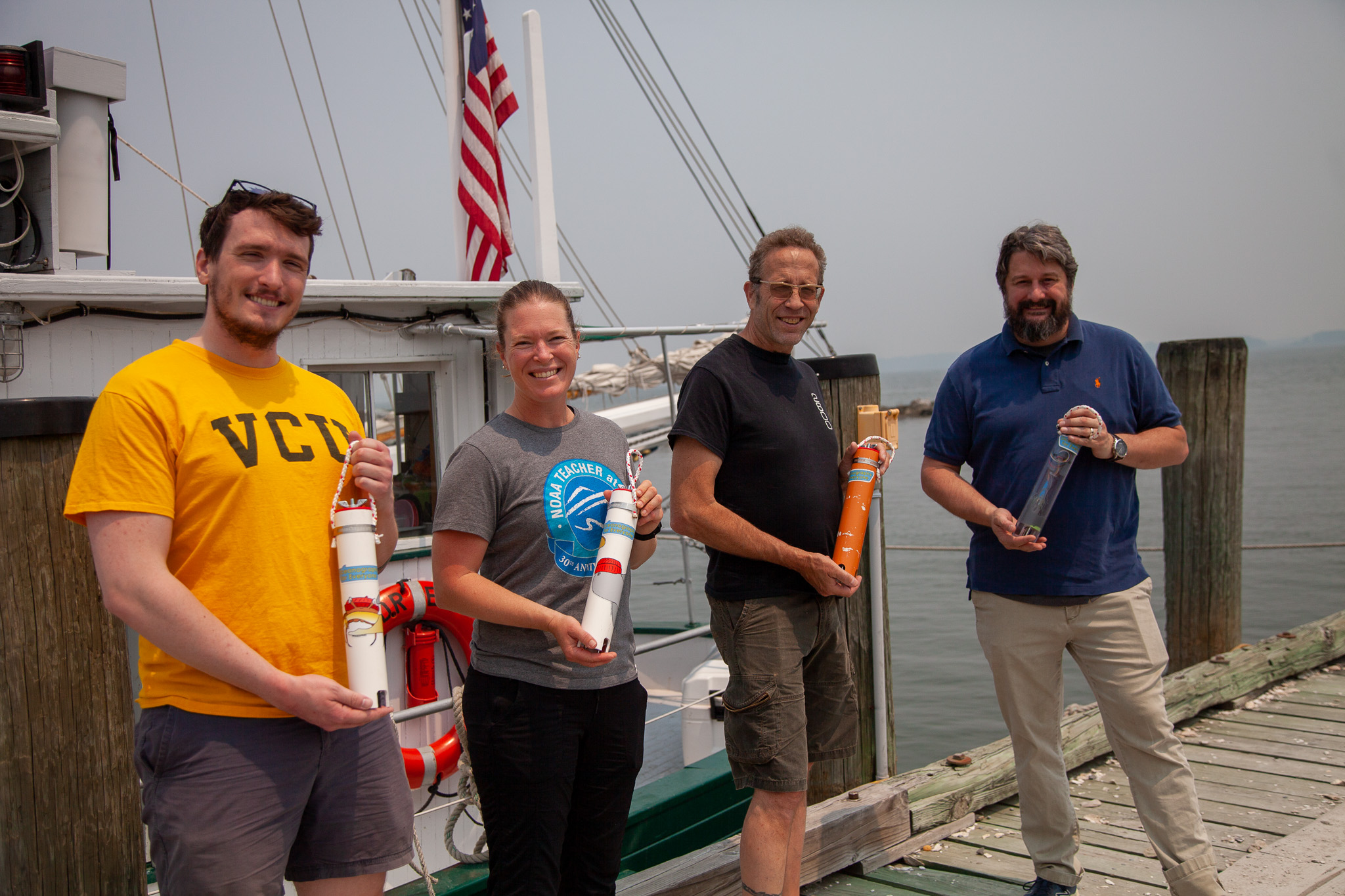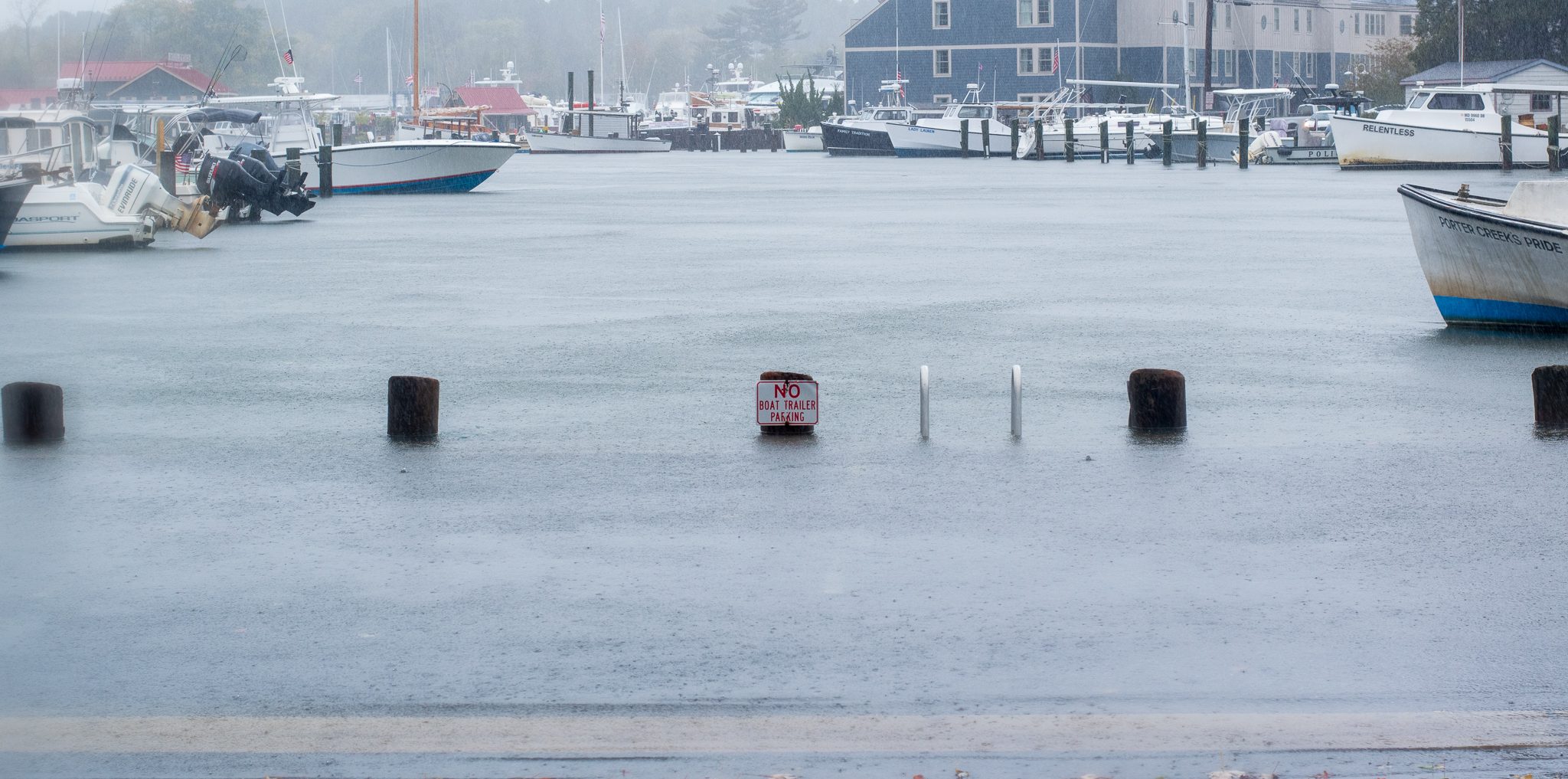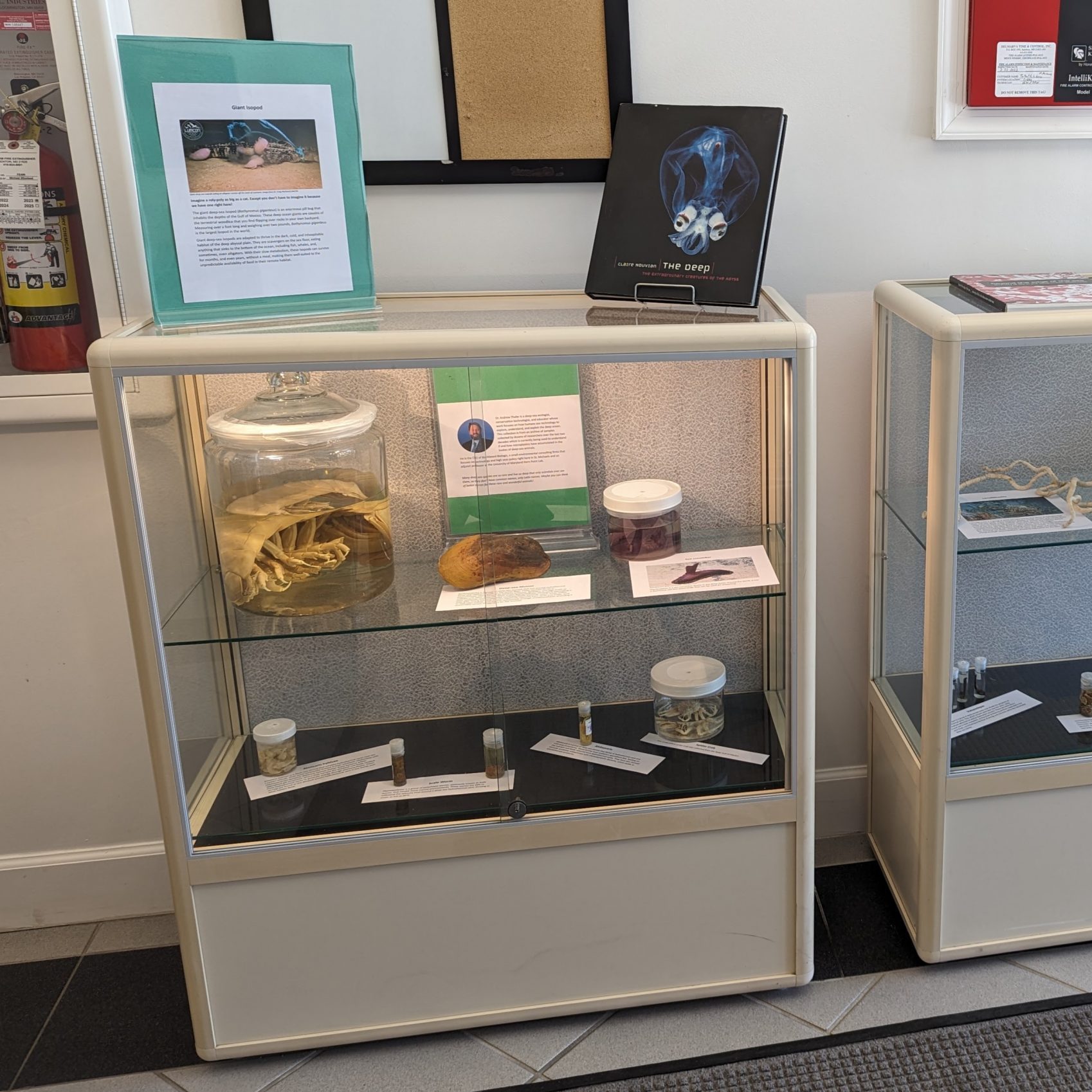For close to two decades now, the venerable YSI Castaway has been the gold standard for small, relatively cheap, handheld CTDs. In the early days of OpenROV, the robot’s little payload bay was sized explicitly to fit a Castaway. When Kersey and I started building the OpenCTD, our benchmark for viability was how well the … Read More “Comparing the OpenCTD to a YSI Castaway” »
Tag: OpenCTD
I have a problem with the OpenCTD. The OpenCTD is a low-cost, open-source oceanographic instrument that lets you take fundamental water quality measurements for a fraction the cost of commercial alternatives without sacrificing data quality. It’s rated to 140 meters, and we’ve tested that, once, in a bathymetric chamber, and then, occasionally, in the field. … Read More “I built a DIY hardware store pressure vessel to test ocean science tools from the comfort of my shed.” »
I spend a lot of time talking about the OpenCTD, my important, gigantic electronics project aimed at making the foundational tool of oceanography available to those most directly affected by our changing oceans. It’s been a minute since I’ve written about any of my weird little electronics projects. I do lots of weird little electronics … Read More “A calling card for oceanographers” »
What if you could drop an oceanography lab anywhere? Not just the instruments and equipment, but the expertise to maintain the equipment and train ocean knowledge seekers. What if you could deliver an instrumentation factory anywhere it is needed, so that people with the desire and need to study and understand the ocean had the … Read More “Independent ocean science requires local support: testing our mobile OpenCTD factory.” »
Ten years ago, freshly married and freshly relocated to Vallejo, California, I found myself in the midst of reinvention. The cycle of post-doctoral fellowships and short-term contracts necessary for an academic career didn’t suit me. I wanted stability and, importantly, I wanted freedom. Crowdfunding was new. Earlier that summer, OpenROV had shook the crowdfunding world … Read More “Small drops make mighty oceans: 10 years as a scientist on Patreon” »
Last month, I wrote a heartwarming little story about how doing a fun weekend hardware project with my daughter led to fixing one of the most annoying non-critical problems with the OpenCTD. After a month of testing, we have fully implemented the new power management system into the next iteration of the OpenCTD. Currently, there … Read More “Charging the OpenCTD is annoying, so we fixed it.” »
I’m Andrew and I like weird little projects. I built a weird little FitBit walking robot. I built a weird little cyborg see turtle. I built a weird little face-mounted Lidar array that lets you see the world like a dolphin. I built a weird little ring light with a panic button to get you … Read More “Great conservation technology programs thrive on weird little projects” »
The structure of scientific inquiry has coalesced around a model that is, in general, both expensive and exclusive. This centralizes knowledge production within a circle of individuals, organizations, and institutions which rarely reflects the breadth of identities, experiences, and ways of knowing of those most directly connected to the places being explored. Nowhere is this … Read More “It is your ocean. You should have access to the tools to study it.” »
2023 was a year of endings. I closed several projects and spent a lot of time, behind the scenes, laying the foundation for project I hope will have an impact in 2024. I don’t really think of myself as a science communications person anymore. We are activists, working to achieve specific science-informed policy outcomes. We … Read More “Taking Initiative: My 2023 year in environmental education, outreach, and activism” »
2023 felt like a year where I was just treading water. I barreled through it so fast that I barely registered everything that we accomplishes (and just how much is left to finish). This was a kludge year for me, with lots of small projects instead of one, big, overarching project. Onwards! Deep-sea Mining remains … Read More “Conservation, Technology, and the Future of the Seafloor: My 2023 science year in review.” »


